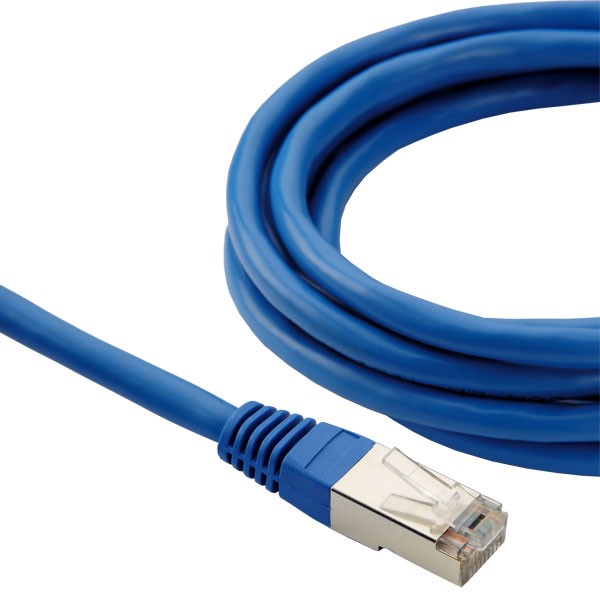전문가들이 제공하는 다양한 정보
Once the Data has been Exchanged
페이지 정보
본문
Slave devices use the master in/slave out pin, MISO, for transmitting, and the master out/slave in pin, MOSI, for receiving data. A FIFO is a First In/First Out buffer that can queue a burst of outgoing characters for transmission, or save a set of incoming characters until the host can read them. A UART is a Universal Asynchronous Receiver/Transmitter that converts parallel data from the host processor (any Mosaic controller) into a serial data stream. An optional parity bit can be specified to enable error detection by the UART. While running this program, the parity settings of Mosaic Terminal may be adjusted, and in each case the message that matches current settings will appear clearly while the other messages will appear garbled. After a data transfer is initiated by writing to the SPDR data register, the processor may poll the SPSR status register until the SPIF flag is set. For seven data bits with a parity bit, M would be cleared (equal to zero), and PE would be set in order to make the most-significant bit of a normal eight-bit byte be used by the serial port as a parity bit. The PE bit, with mask 0x02, determines whether the most-significant bit in each byte is used as a parity bit.
When PE is set (equal to one), the most-significant bit in each byte transmitted will be a parity bit that is either set or cleared by the serial port automatically in order to achieve even or odd parity. When PE is cleared (equal to zero), the most-significant bit of each transmitted character will be a data bit. If PT is set, all transmitted bytes with a parity bit will have an odd number of total '1' bits. Even parity means that the bits sum to an even number, and odd parity means that the bits sum to an odd number. High (mark) parity means that the parity bit is always logic 1 at the UART, and low (space) parity means that the parity bit is always logic 0 at the UART. A break sequence forces the serial output to a logic low (space) at the UART. Remember that the /SS is active low so to select a device you need to set the pin low; otherwise the pin should idle high.

As the master transmits a byte to an active slave (that is, a slave with its /SS input active low), the master receives a byte from the slave. If a slave device has already stored a byte into its SPDR register, that byte will be exchanged with the master’s byte. The received data byte is accessed by reading SPDR data register. There are three flag bits implemented in the SPSR (SPI status register). The serial interface is asynchronous, rs485 cable meaning that there is no clock transmitted along with the data. The resulting signal levels on the interface cable connect the local and remote in a manner specified by a standard protocol. 1200 is the baud rate that you choose; you can specify any standard baud rate up to 4800 baud. Thus RS485 is the standard protocol of choice when multi-drop communications are required. The communications is asynchronous because no synchronizing clock signal is transmitted along with the data.
Bauddesired is an unsigned integer from 1 to 56000, 500000 is the frequency of the UART's internal clock and Round(500000/Bauddesired) is an internal divisor (rounded to the nearest integer). The actual baud rate produced differs from that requested by a small error owing to rounding of an internal divisor. Baud to specify the baud rate. Modem to modem lines often use 1200, 4800, 9600, 14400, 28800, 33600, and 56000 baud. A modem (modulator/demodulator) provides a way of encoding digital data as a set of audio signals that can be sent over a telephone line. Because differential signals have inherently better signal-to-noise properties, reliable RS422 communications can be sent over much longer distances compared to RS232. Newer protocols include the full duplex RS422 and the half duplex RS485 protocols, each of which drives differential 0 to 5 volt signals on the serial cable. The protocols are described in turn. Transaction history from POS will be recorded without any protocols.
- 이전글See What Situs Alternatif Gotogel Tricks The Celebs Are Utilizing 24.06.04
- 다음글Best deals on grifulvin from reputable online pharmacies Order grifulvin conveniently from your device 24.06.04
댓글목록
등록된 댓글이 없습니다.


